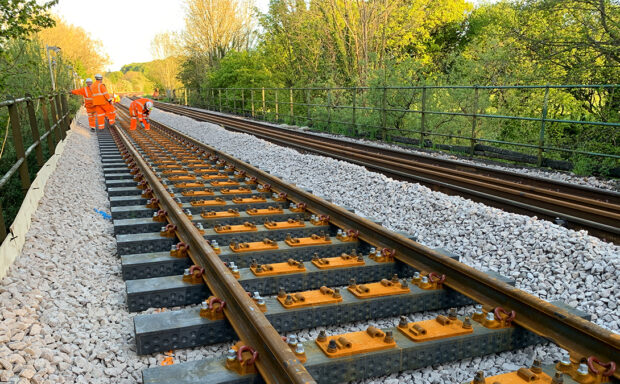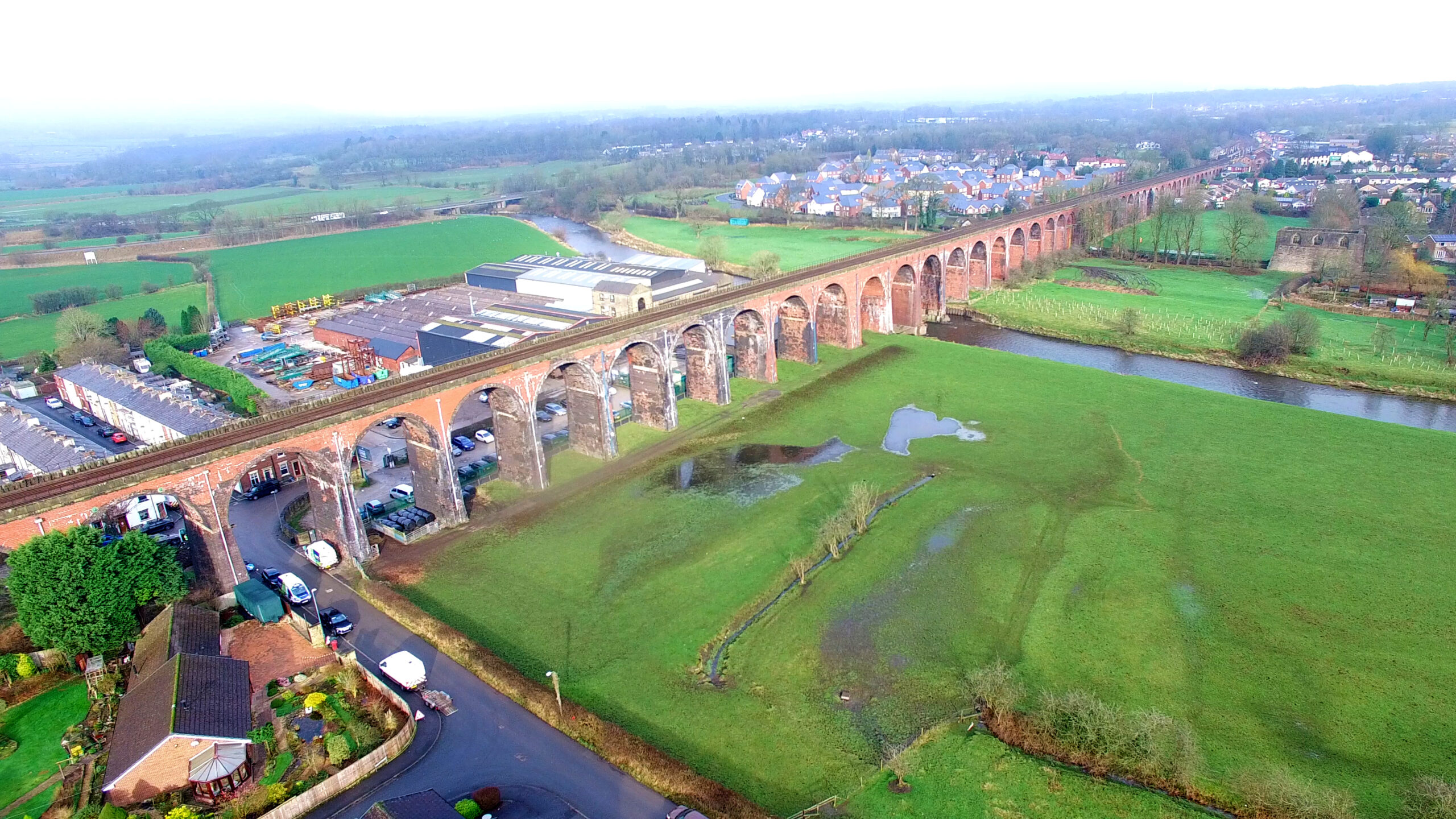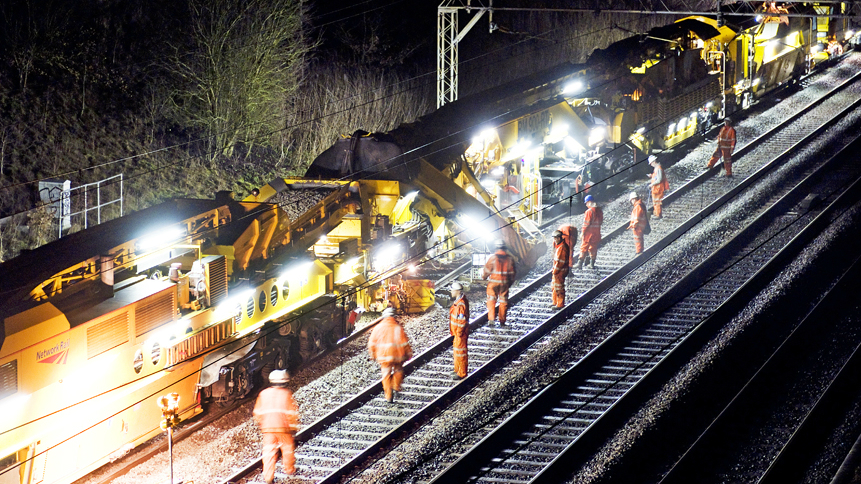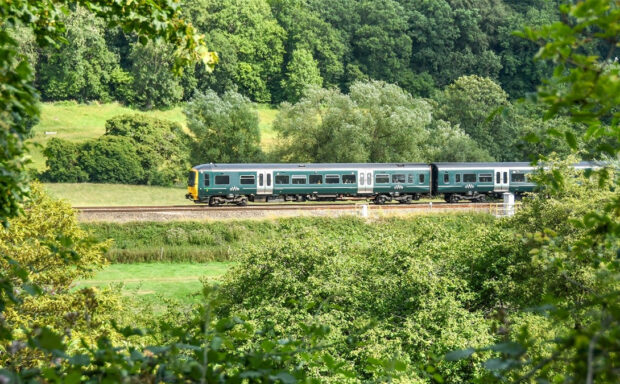It’s World Environment Day 2022 and we’re sharing what we’re doing to make the railway better for the environment
This year marks a historic milestone for World Environment Day. It marks 50 years since the 1972 United Nations Conference on the Human Environment, widely seen as the first international meeting on the environment.
What does the environment mean to the railway?
Protecting the environment and being sustainable is important to you and it’s important to us. It’s an integral part of our aim to put passengers first and make sure our railway is resilient, efficient and provides a great service in years to come.
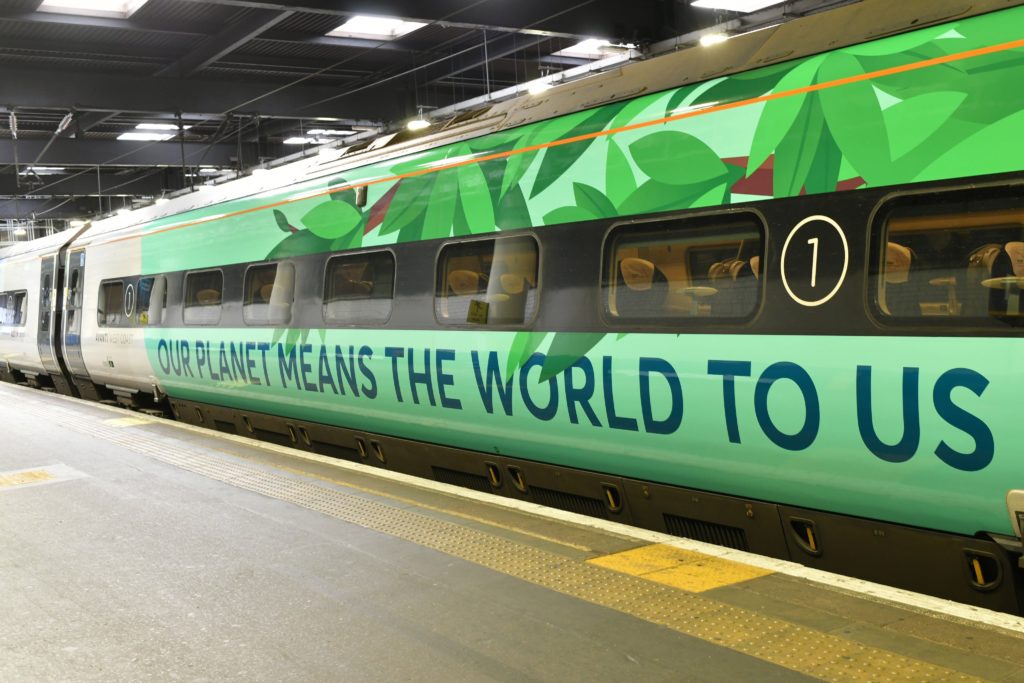
What are we doing to improve sustainability?
Safeguarding biodiversity:
As one of Britain’s biggest landowners, we are responsible for looking after plants and wildlife on the railway.
Biodiversity is the variety of plants and animals we see in different habitats. Britain’s railway provides a habitat to many rare species, and we must do everything we can to protect them.
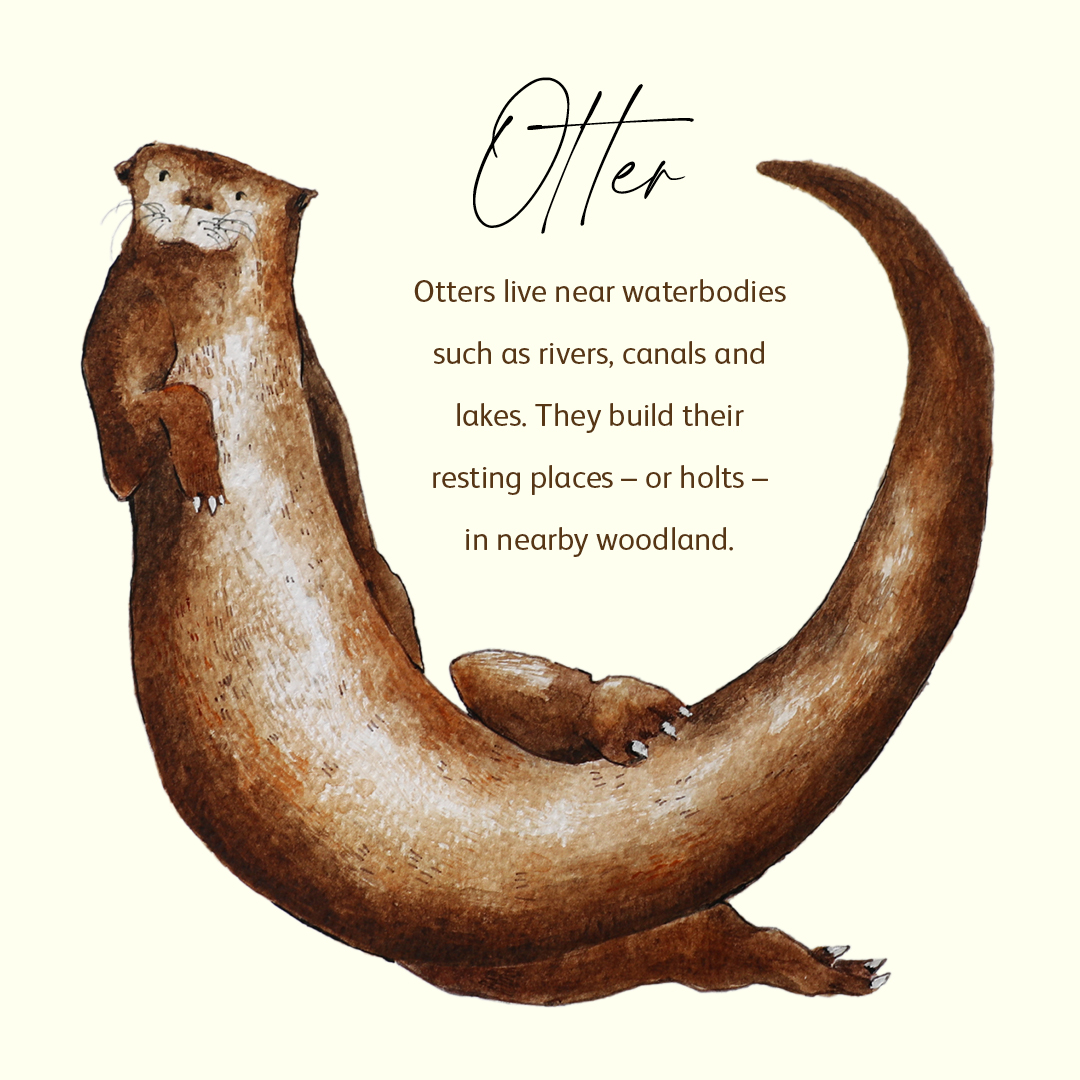


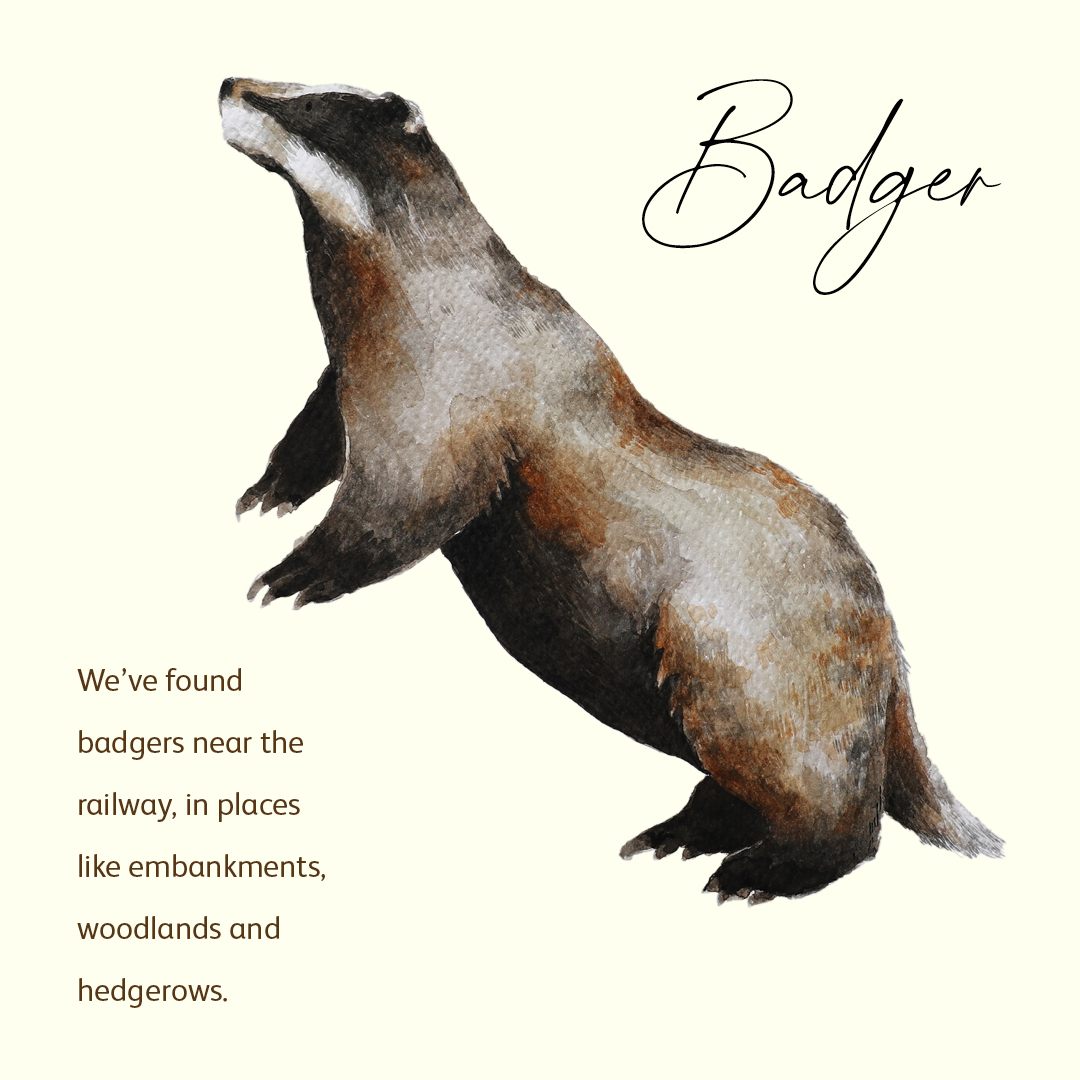
The railway plays a vital role in connecting fragmented wildlife habitats across our countryside, reducing disturbance to our neighbours, and capturing carbon through the network’s six million trees.
That’s why our ambition is to let nature flourish.
As part of our environmental sustainability strategy, we’ve committed to continuing to look after plants and wildlife by protecting and maintaining their habitats and creating new ones to increase biodiversity.
Working with the industry
We’ve reaffirmed our commitment to sustainability and tackling climate change.
Last year, we joined railway organisations from around the world in signing the International Union of Railways (UIC) climate declaration. It sets out a pledge for members to communicate their support and ambition.
It also brings together a global community of sustainability leaders working collaboratively to cut carbon emissions and make rail travel greener.
We’ve committed to reduce energy consumption and CO2 emissions, achieve carbon neutrality by 2050 and contribute to United Nations Sustainable Development Goals (SDGs). The latter are a collection of 17 interlinked global goals designed to be a “blueprint to achieve a better and more sustainable future for all”.
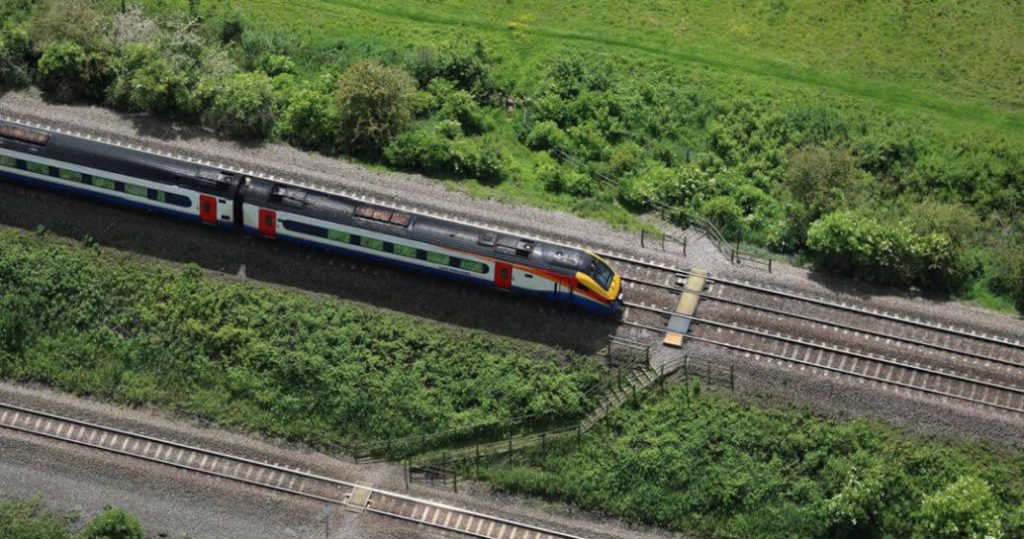
Science-based targets
This pledge follows our clear signal of green ambitions in September last year when we became the first railway in the world to commit to the most stretching science-based targets for reducing carbon.
Science Based Targets Initiative, backed by the United Nations, has independently verified our targets and our plans to achieve them.
It means we’re the first railway company to commit to cutting emissions which limit warming to 1.5 degrees Celsius. That’s even less than the two degrees scientists declared necessary to meet the Paris Agreement, a global framework to avoid dangerous climate change.
Science-based targets are those adopted by companies that are in line with what the latest climate science deems necessary to meet the goals of the Paris Agreement. Targets that limit emissions to a 1.5 degree warming scenario are considered the most ambitious.
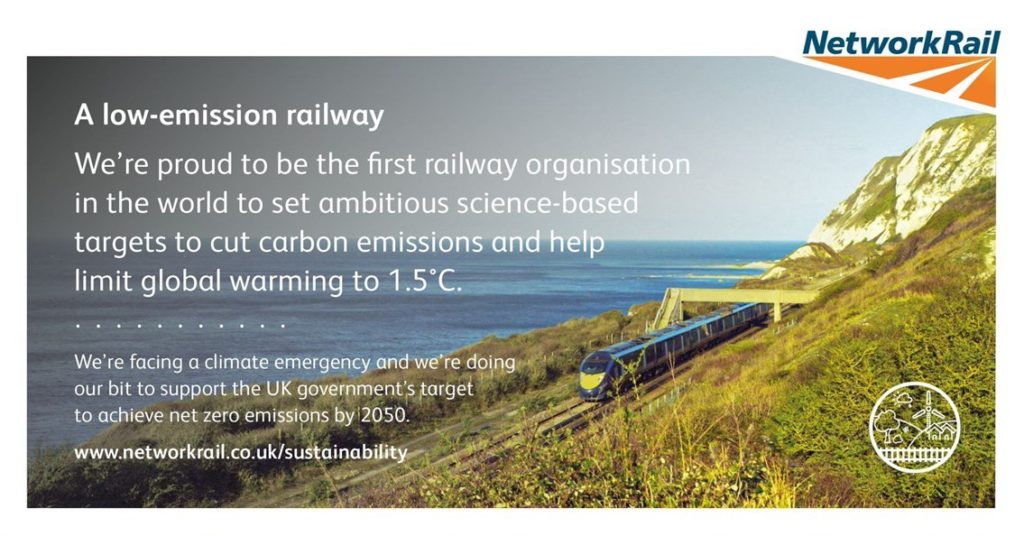
Sustainability strategy
It also follows the launch of our ambitious Environmental Sustainability Strategy. This gives a clear path to becoming carbon neutral by 2050 in line with UK Government targets.
This strategy sets out our main priorities: to run a low-emission railway, to provide a reliable service to you that’s resilient to climate change, to improve biodiversity across the network, and to ensure sustainable use of materials with minimal waste.
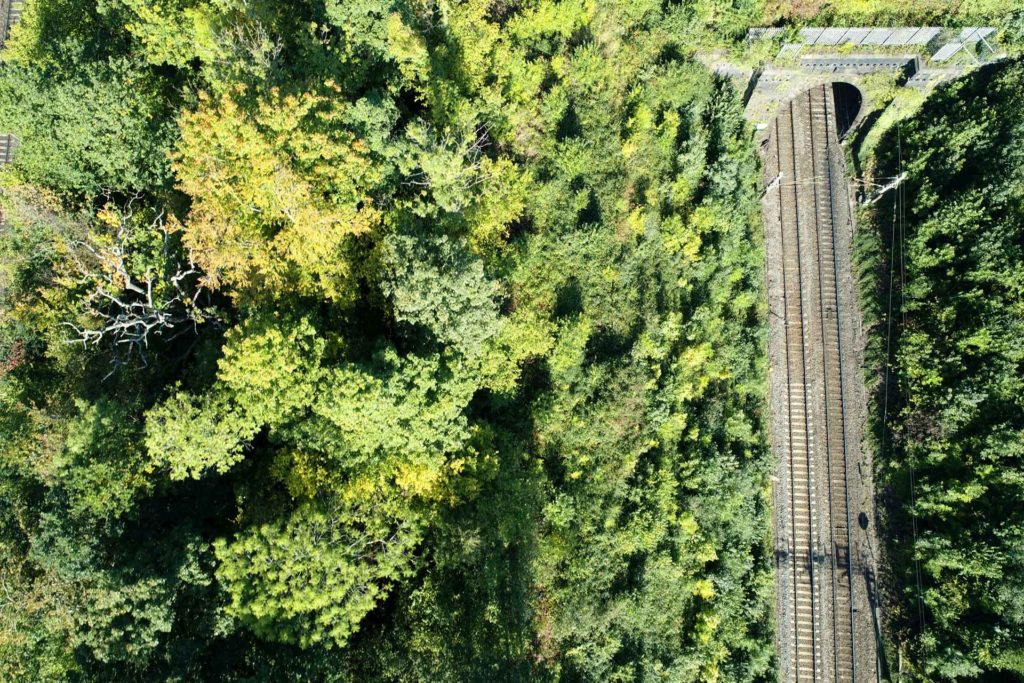
The future of rail
We’ve led a cross-industry initiative working collaboratively to assess the issues and options and advise the UK government on setting the future direction of rail travel.
This includes recommending a steady transition of the remaining diesel trains to electric, battery and hydrogen fuel cells in the Interim Traction Decarbonisation Network Strategy, published in 2020.
At COP 26, Glasgow Central station hosted the green trains of the future, the Porterbrook HydroFLEX. This is a hydrogen-ready hybrid train capable of being powered by hydrogen, battery or the overhead electric wires.
We also showcased Vivarail’s battery-powered train to demonstrate the rail industry’s commitment to further decarbonising Britain’s railway. Together, we’re also supporting the UK and Scottish Governments’ net zero targets.
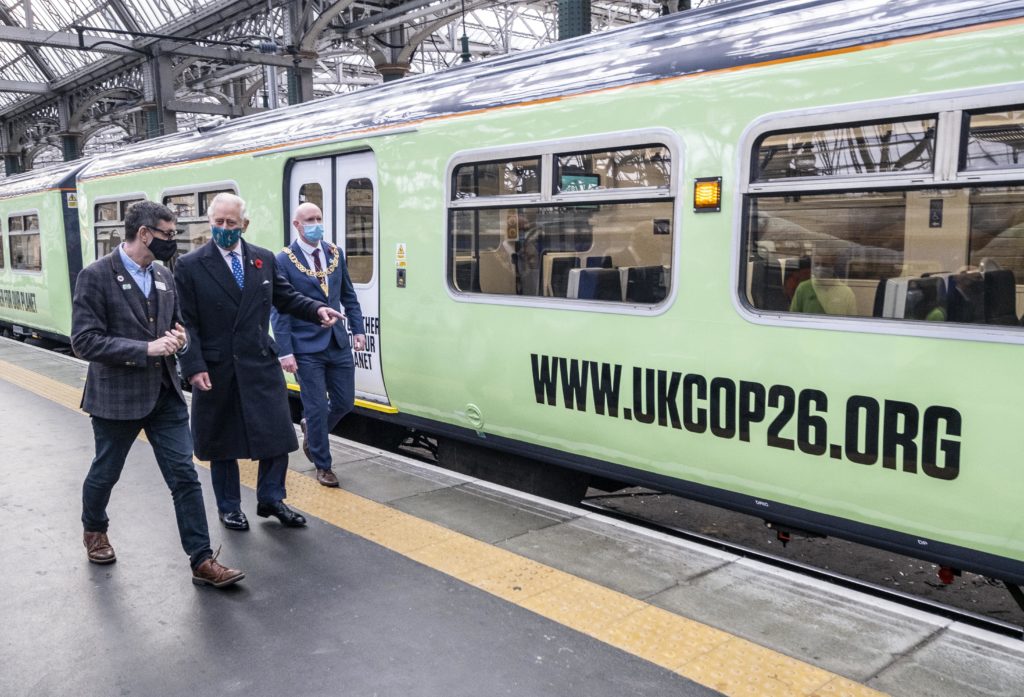
Our supply chain
To date, two thirds of our suppliers have signed up to the Science Based Targets initiative to reduce their carbon footprint.
About 97% of our emissions largely come from third parties, including suppliers. Our Environmental Sustainability Strategy includes a target for 75% of suppliers to have their own science-based targets by 2025.
This is off the back of working alongside transport industry partners to deliver workshops demonstrating the benefits of committing to these targets. It’s also sharing industry best practice and ideas for cutting carbon emissions.
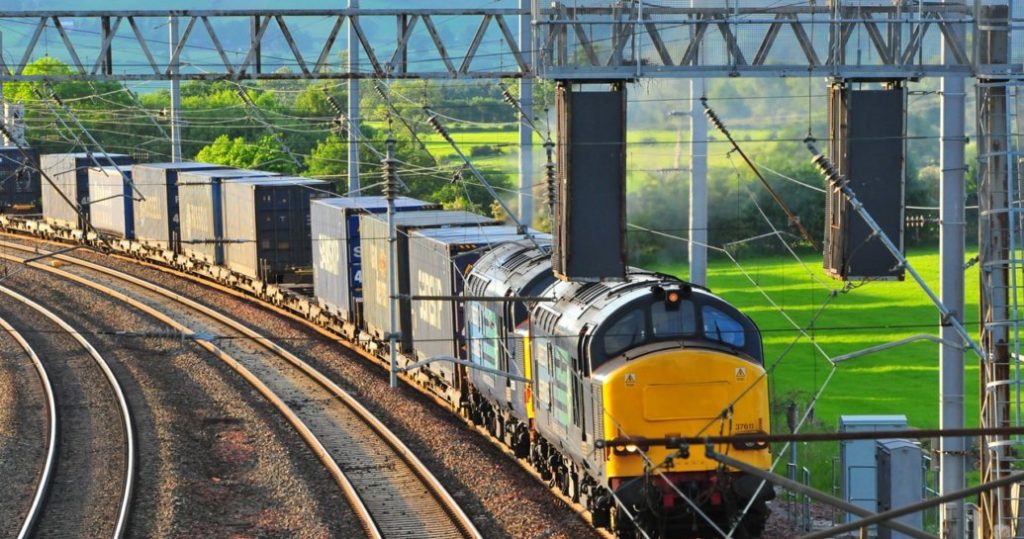
Read more:
- World Environment Day
- Biodiversity on Britain’s railway – Network Rail
- Network Rail joins leading railway organisations from across the globe in further commitment to tackling climate change
- Nine things that happened during COP26 – Network Rail
- Green target in sight as suppliers pledge to limit carbon emissions – Network Rail
- Environmental Sustainability Strategy – Network Rail
- Ambitious corporate climate action – Science Based Targets
